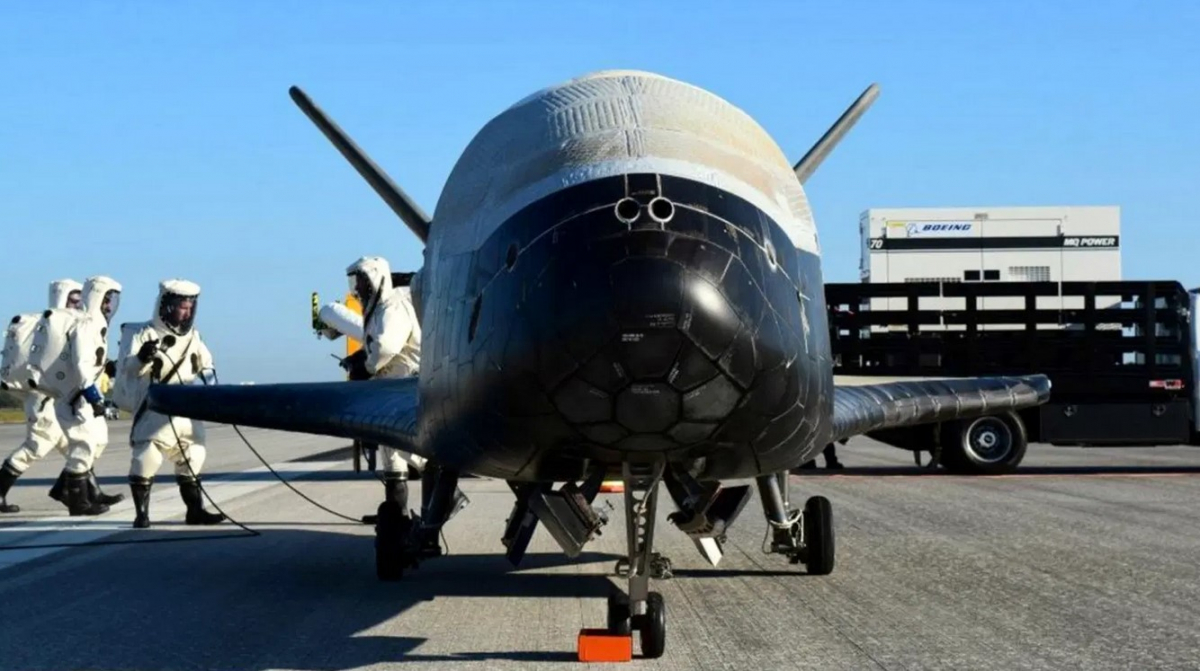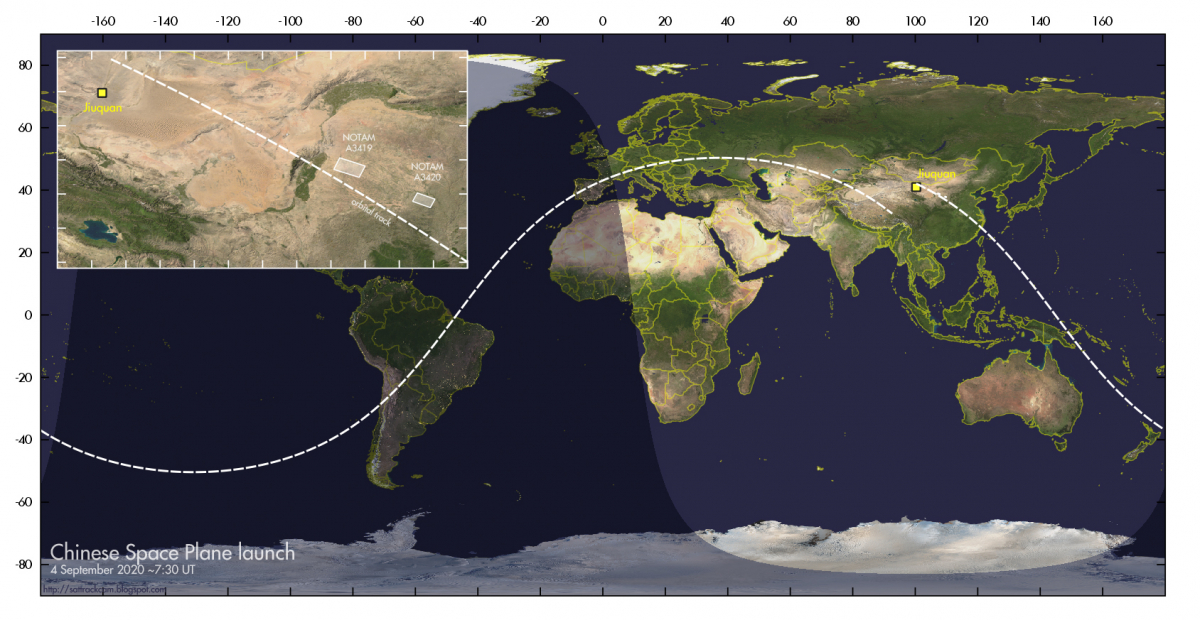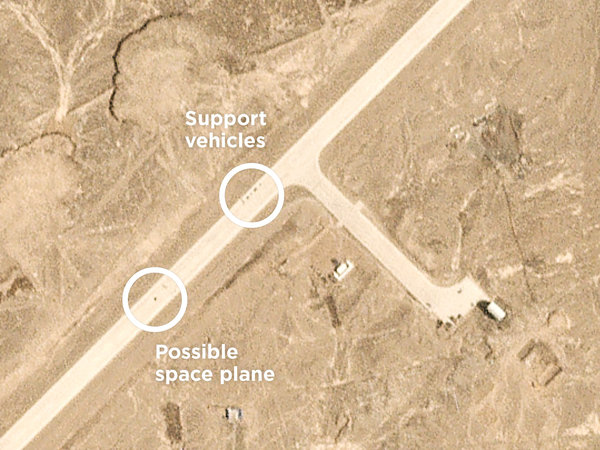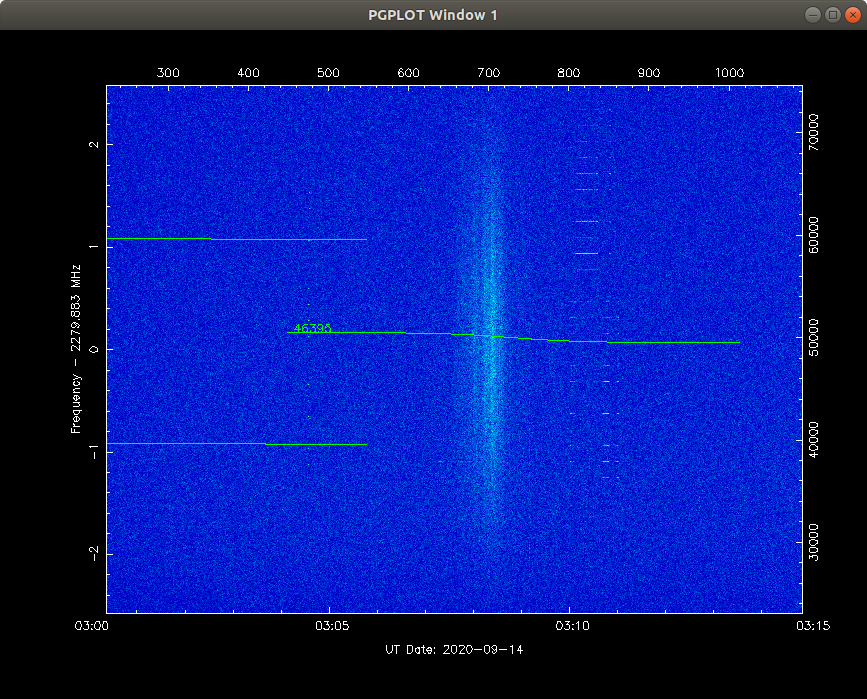The Chinese automatic shuttle CSSHQ launched on September 4th placed a satellite in orbit just 50 km from the USA 276 vehicle. One of the most sensitive platforms in the U.S. space arsenal.
While Beijing has just launched into orbit a constellation of 9 Gaofen 3 radar imaging satellites using a CZ-11 rocket fired from a naval platform, more is now known about the mysterious Chinese CSSHQ orbital aircraft that was launched on September 4, which would be likened to the U.S. automatic shuttle X-37B. A reusable 5T shuttle, capable of operating in low orbit between 200 and 700 km altitude, and carrying in the hold payloads as diverse as satellites, ISR sensors, or armaments. With a mass of 8.5 T CSSHQ would have a carrying capacity greater than the X-37B.






A capacity demonstration
The Chinese spacecraft did not merely orbit for two days following a trajectory close to that commonly used by the American trans-orbital vehicle (332x348 km, 50.2 degree tilt). Hours before landing near the Lop-Nor nuclear test centre in the Taklamakan desert and being photographed by one of Planet Lab's satellites, the U.S. NORAD detected that a second vehicle had detached from the first. However, according to research published a few hours ago by a young Russian radio amateur, we now know that object 46395 would not be a solar panel as some experts first thought, but rather an artificial satellite that emits regularly on 4 Mhz and 2,480 Ghz, according to a modulation hither beginning to be little used by the Chinese. The author of this discovery, Dimitri Pashkov, processed more than 4TB of data on his personal computer for a week using software of his design. The young Russian developer is no stranger to specialists. Last April, he demonstrated that Iran's first military satellite, Noor, was in fact a simple 20-by-30 cm Cubesat 6U on its sides. But most importantly, according to Dr. Marco Langbroek's observations, this satellite would operate only 50 km above another American orbital vehicle even more confidential than the X-37B, and on which the Pentagon has never spoken, USA 276. We do know, however, that its designer, Ball Aerospace, specializes not only in observation satellites, but also in laser communication devices to thwart enemy jamming operations. Highly manoeuvrable, the vehicle had described spirals around the ISS station up to less than 4 km away in June 2017. According to some observers such as Emmanuel Chiva, this could demonstrate that USA 276 would in fact have the role of guardian angel of American reconnaissance platforms against any external attack. It is too early to know whether 46395 is assigned to a simple test mission, a surveillance mission, or even an "inspection" of U.S. orbital platforms. However, since the Shiyan-7 (SY-7) programme, the Chinese now have all of these capabilities.






A long-planned project
Beijing's interest in orbital aircraft is not new. China had indeed expressed its wish to participate in the European Hermes project as early as the 1980s. In September 2006, at the space congress in Valencia, Spain, the Academy in charge of Chinese launchers (CALT) presented a road-map with the aim of developing three generations of orbital aircraft. The first is to be officially launched in 2020. In fact, work on the Shenlong demonstrator began in 2001 following instructions from the tenth five-year plan. A brain trust of engineers from the 611 Institute of the Chengdu Group, the universities of Nanjing and Harbin, as well as the industrial group CAC, is set up to carry out the project. The first flight test was conducted in 2005 after dropping from an H-6 bomber. In 2010, a few weeks after the start of the first mission of the X-37B, the Shenlong launched by a Long March 2C SLV rocket made its first sub-orbital flight at an altitude of 100 km. On January 8, 2011, Shaanxi TV reported that the demonstrator managed to return to the ground by landing horizontally. Although smaller with 6 m in length, its design and missions are extremely close to its American model. In 2013, rumors circulated on the Chinese internet that the CALT had tested on 20 September a new aircraft, the Aotian-1, whose resupply mission would be likened to the Dream Chaser of the American Sierra Nevada. However, no evidence has come to this point to confirm this information.


A new hypersonic threat?
In short, Beijing is pursuing its strategy of militarizing space by responding segment by segment to American capabilities. If this suborbital platform enters into operational service, Beijing will then not only be able to carry out discreet launches of reconnaissance micro-satellites, to conduct ASAT missions, but above all to carry out ground strikes in low orbit by means of hypersonic armaments. Strikes that would only leave the Chinese opponents a few tens of seconds to react.
Découvrez cet article sur Air&Cosmos

